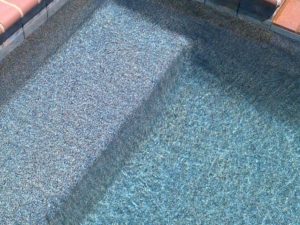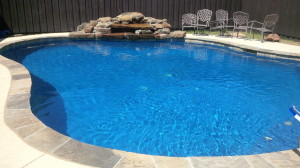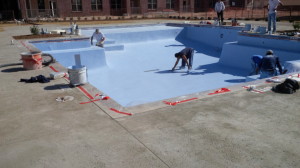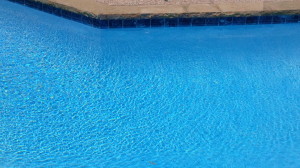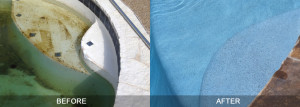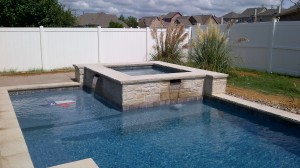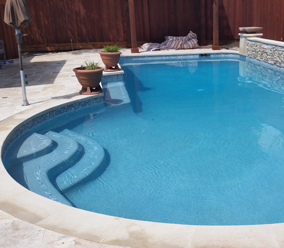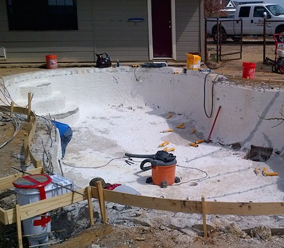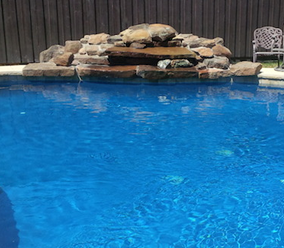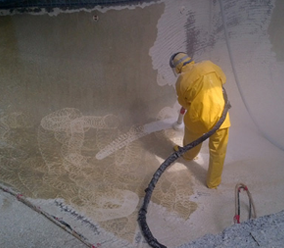Pebble finishes are armed to stand up to water chemistry imbalances as well as or better than any finish in the pool industry. It is especially better than standard plaster or 50% quartz finishes. If that pebble is combined with a high performance patented cement it will be the best. In an acid test where the pebble is submerged in acid, the pebble is completely unaffected. There is no reaction. The acid test is meant to simulate aggressive water in your pool. From that test you can see that a pebble finish is going to perform very well in a pool environment.
Pools with pebble derive their great looks from the differently colored combinations of rounded rock colors and pigments. Abalone and quartz accents can be added to give the finish and even more dramatic look. These finishes are generally the best looking finishes.
Pebble finishes do not have surface deterioration issues that standard plaster pools do. They are very durable finishes. When we pass over a pebble finish with our 40,000 psi hydro demo process we do not see the same amount of material wilting under the test we put on it compared to all other finishes.
G&B offers several different types of pebble finishes. We feature what we believe is the best pebble finish on the market. The Micro Fusion combines micro pebbles with a high performance cement for a finish that is among the most durable available. It is the smoothest pebble finish on the market. It has the durability of a pebble without the texture concern some have with pebble finishes.
G&B offers finishes that deserve to be put in our customer’s pools that haven chose us because of our hydro demo prep process. We will only install good quality finishes so that they have nothing but enjoyment with their pool.




